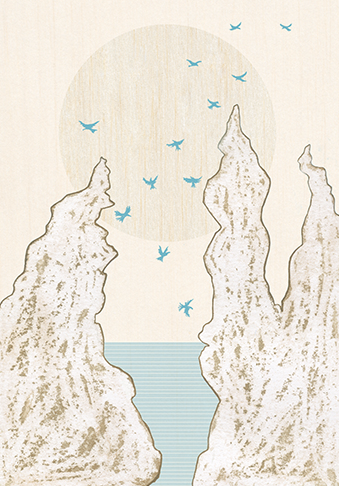Religion and Spirituality as Sites of Learning
Keywords:
religion and learning, LeNeRe, religion and unlearningAbstract
Learning penetrates religion in many ways. Primary religious socialisation – sometimes referred to as religious nurture – is the process by which children are explicitly and purposefully taught to do things religiously or they learn implicitly by following what their families and other people around them do, speak and feel. In secondary religious socialisation one sets about learning something additional to or different from what was learned and internalised in one’s religious or non-religious childhood home and surroundings. Secondary socialisation may also entail processes of unlearning something previously learned in order to grasp and master the skills, ways of thinking and feeling, and discursive habits of the new worldview and context of life. Learning in both primary and secondary socialisation can in some cases turn into a thoroughly religiously informed way of life. Alternatively, religious learning may not always be sufficiently lengthy and committed to result in full socialisation. Many people engage in religion merely in special situations or turning points in life, and after that particular need is over, religion loses its acute significance. Furthermore, religious learning may also have intended or unintended effects and consequences beyond the more strictly bounded religious sphere and may come to be reflected in personal and relational life much more widely. (See Long and Hadden 1983; Sherkat 2003; Collet Sabe 2007; Berliner and Sarró 2008; Erricker, Ota and Erricker 2012; Scourfield et al. 2013; Klingenberg, Sjö and Broo 2019.)
Published
How to Cite
Copyright (c) 2024 Terhi Utriainen, Ville Husgafvel, Ruth Illman, Kim Knott

This work is licensed under a Creative Commons Attribution 4.0 International License.









